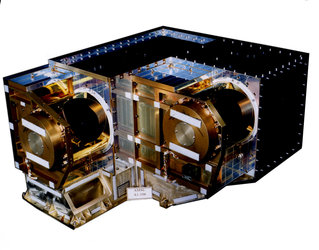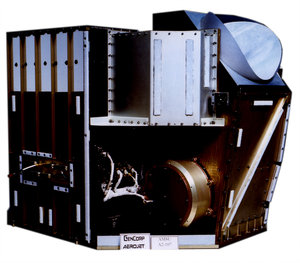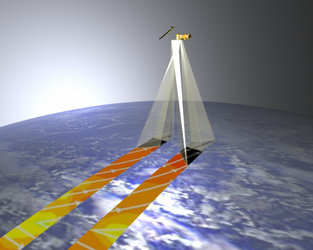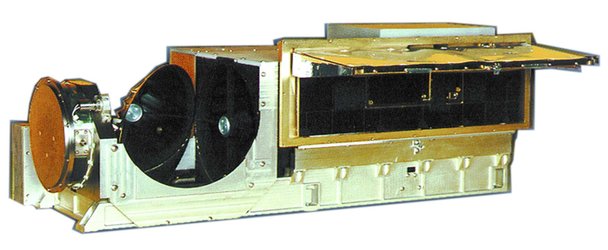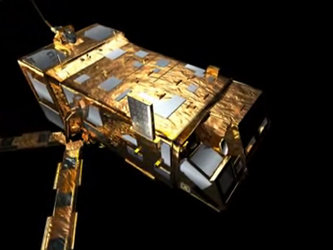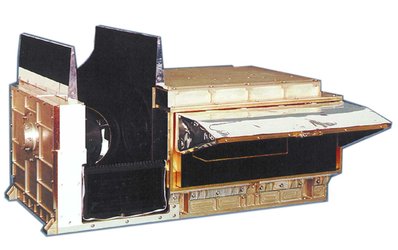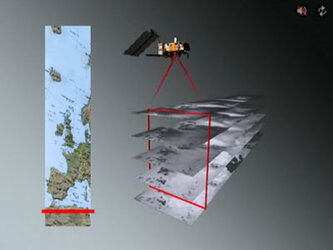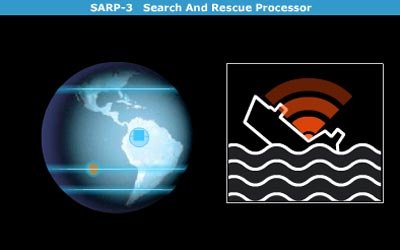SARR description
The Search And Rescue Repeater (SARR) consists of a receiver assembly and a transmitter assembly. The receiver assembly receives the Emergency Locator Transmitters (aircraft) and the Emergency Position Indicating Radio Beacons (ships) (ELT / EPIRB) signals on 121.5, 243.0 and 406.05 MHz. Each receiver is a dual conversion unit with automatic gain control (AGC). It down converts its received energy to selected intermediate frequency bands. These bands are then summed with 2.4 kbps data from the SARP-3 (Search And Rescue Processor) and phase-modulates the 1544.5 MHz down-link carrier frequency. The modulation of each band is independently adjustable to account for any long-term changes either in the operational procedure or the system noise environment
Receiver
The receiver pallet contains three pairs of receivers. These receivers obtain their signals from the MetOp provided VHF antenna system. The receivers translate the received signals to the required intermediate frequencies and route the signals to the transmitters. The SARR receiver pallet also contains two power, telemetry and command units, and various discrete components.
The PT&C units of the SARR Receiver Pallet accept a digital input from the SARP-3 at a rate of 2400 bps.
Transmitter
The signals from the three receivers and the SARP-3 are summed by the transmitter and the resulting signal is used to phase modulate the L-band carrier. The SARR L-band antenna system is a MetOp furnished equipment.






